Table of content
Juicing grapes is a culinary practice as old as viticulture itself, yet it remains a topic of debate among home cooks, health enthusiasts, and professional chefs alike. The central question—should you peel and deseed grapes before juicing?—sparks fervent discussions, with advocates on both sides citing taste, nutrition, and practicality as their battlegrounds. This article delves deep into the science, culture, and practicality of grape juicing, exploring the pros and cons of each method and offering actionable advice for enthusiasts of all levels.
The Case for Peeling and Deseeding Grapes
Taste and Texture: Smoothness vs. Complexity
Grape skins, while rich in nutrients, contribute a distinct astringency and slight bitterness to juice. For those who prefer a cleaner, sweeter flavor profile, peeling grapes can eliminate these tannic undertones. Similarly, grape seeds—though tiny—contain oils and compounds that, when crushed, release a grassy, almost peppery note. Deseeding ensures a smoother, more consistent texture, free from the gritty sensation that seeds can impart.
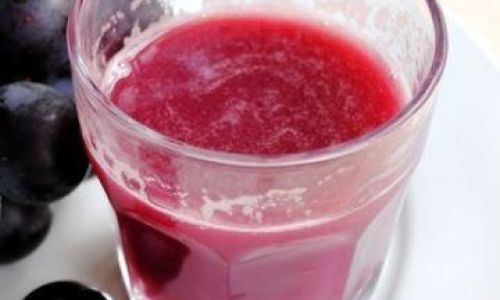
Critics argue that this approach sacrifices depth, as skins and seeds contribute to the juice’s complexity. However, in recipes where the grape flavor is meant to shine unadulterated—such as in delicate cocktails, baby food, or certain desserts—removing skins and seeds may be non-negotiable.
Digestive Considerations
Grape seeds, while edible, contain tannins and fiber that some individuals find hard to digest. For those with sensitive stomachs or gastrointestinal conditions like IBS, consuming unprocessed seeds may lead to discomfort. Peeling grapes also reduces the fiber content, which could be a pro or con depending on dietary needs. For example, those following a low-fiber diet for medical reasons might benefit from peeled grape juice, while others seeking gut health support might prefer to retain the skins.
Aesthetic Appeal
Peeled grape juice boasts a vibrant, uniform color, free from the speckled appearance caused by crushed skins. This makes it visually appealing for gourmet presentations, commercial products, or Instagram-worthy beverages. Deseeding further enhances clarity, creating a juice that resembles nectar rather than a rough-pressed liquid.
The Case Against Peeling and Deseeding Grapes
Nutritional Powerhouse: Skins and Seeds as Superfoods
Grape skins are a treasure trove of antioxidants, including resveratrol, quercetin, and anthocyanins—compounds linked to heart health, anti-inflammatory effects, and even cancer prevention. Resveratrol, in particular, is concentrated in the skins of red grapes and is a key reason red wine is associated with cardiovascular benefits. By peeling grapes, you discard up to 90% of these beneficial compounds, significantly reducing the juice’s nutritional value.
Similarly, grape seeds are rich in vitamin E, linoleic acid, and oligomeric proanthocyanidins (OPCs), which support skin health, brain function, and immune resilience. Modern juice presses and high-speed blenders can now liquefy seeds almost entirely, rendering their inclusion both feasible and advantageous.
Cost and Time Efficiency
Peeling and deseeding grapes manually is labor-intensive. A single cup of grapes may take 5–7 minutes to process, making large batches impractical for home use. Even with specialized tools like grape peelers or seed removers, the process remains time-consuming. Retaining skins and seeds eliminates this step, streamlining the juicing workflow and reducing prep time by up to 70%.
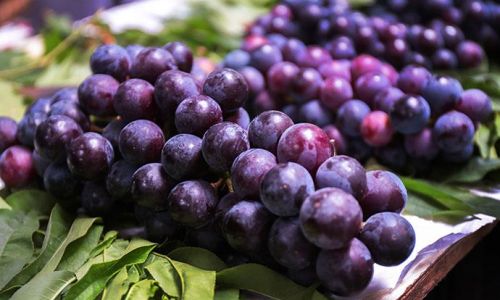
Environmental Impact
Food waste is a global crisis, and grape skins and seeds contribute to this problem when discarded. Repurposing these byproducts—such as composting them, using them in homemade vinegars, or incorporating them into stock—mitigates waste. However, this requires additional effort and knowledge, which not all home juicers may possess.
The Middle Ground: Compromise and Innovation
For those torn between convenience and nutrition, modern technology offers solutions:
-
Cold-Press Juicers: These machines gently crush grapes, extracting juice while minimizing heat and oxidation. They handle skins and seeds effectively, preserving nutrients without the bitterness often associated with high-speed blenders.
-
Seed-Specific Grinders: Some blenders now come with attachments designed to pulverize seeds into a fine powder, eliminating grittiness while retaining nutrients.
-
Fermentation: Turning grape juice into wine or vinegar naturally breaks down seeds and skins, extracting nutrients over time. This method appeals to artisanal producers and DIY enthusiasts.
Grape Varieties Matter
Not all grapes are created equal. The decision to peel or deseed may hinge on the variety:
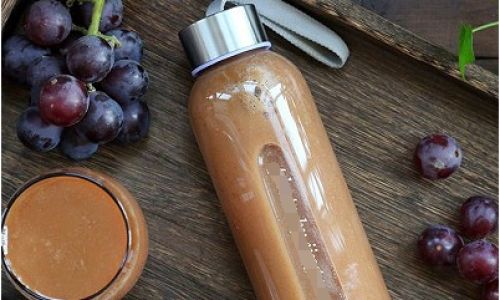
- Red Grapes (e.g., Cabernet, Merlot): Thicker skins mean more tannins and antioxidants. Peeling reduces bitterness but sacrifices resveratrol.
- Green Grapes (e.g., Thompson, Chardonnay): Thinner skins yield milder juice. Deseeding is often unnecessary unless seeds are overly prominent.
- Muscat Grapes: Naturally low in tannins, their skins add floral aromas. Peeling here is discouraged.
Practical Tips for Juicing Grapes
If You Choose to Peel and Deseed
- Freeze Grapes First: Freezing grapes for 2–3 hours loosens the skins, making them easier to peel.
- Use a Paring Knife: For small batches, a sharp knife can quickly remove skins.
- Seed Removal Tools: Invest in a grape seed remover or a small melon baller for precision.
If You Retain Skins and Seeds
- Wash Thoroughly: Organic grapes may still have pesticide residues. Soak in vinegar water (1:3 ratio) for 10 minutes.
- Blend in Stages: Pulse grapes in a blender to avoid overheating, then strain through cheesecloth for clarity.
- Add Sweeteners Wisely: Skins can make juice taste drier. Balance with honey, agave, or stevia if needed.
Cultural Perspectives on Grape Juicing
The debate over peeling and deseeding grapes is not merely culinary—it’s cultural. In Mediterranean cuisine, where grape juice (mosto) is a staple, skins and seeds are traditionally retained for their robust flavor and nutritional benefits. In contrast, Scandinavian and North American markets often favor seedless, peel-free juices for their mass appeal.
Religious practices also play a role. During Jewish Passover, grape juice (representing the four cups of wine) is often strained to remove seeds and skins, aligning with symbolic purity. Meanwhile, in some Hindu rituals, whole grapes are juiced with skins to honor the fruit’s完整性 (wholeness).
The Science Behind Grape Components
To understand the peeling-deseeding debate, one must dissect grape anatomy:
- Skins: House 80–90% of a grape’s antioxidants, including resveratrol. They also contain yeast cells crucial for fermentation.
- Flesh: Primarily water and sugars (fructose, glucose), with minimal nutrients.
- Seeds: Contain 10–15% of the grape’s antioxidants, plus fiber and healthy fats.
Studies show that juice made with skins and seeds has a 40% higher ORAC (Oxygen Radical Absorbance Capacity) score—a measure of antioxidant potency—than peeled, seedless alternatives.
Debunking Myths
-
“Seeds Are Toxic”: While grape seeds contain trace amounts of cyanide (as do apple seeds, almonds, and apricot pits), the quantity is negligible. You’d need to consume several pounds of seeds daily to approach dangerous levels.
-
“Peeled Juice Is Healthier”: False. Unless you have a specific medical condition, retaining skins and seeds maximizes nutritional benefits.
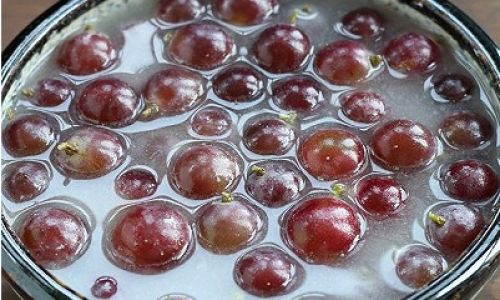
-
“Deseeding Makes Juice Last Longer”: Untrue. Seeds do not affect shelf life; proper refrigeration and sterilization do.
Expert Opinions
-
Dr. Elena García, Nutritionist: “For the average person, the convenience of unpeeled juice outweighs the marginal nutrient loss. However, those with chronic illnesses should prioritize skins and seeds.”
-
Chef Marco Rossi: “In professional kitchens, we often peel grapes for sauces and desserts but retain skins for juices. It’s about context.”
-
Winemaker Sophie Durant: “Fermenting whole grapes—skins, seeds, and all—is the only way to make authentic wine. Juice is no different; the whole fruit tells a story.”
The Future of Grape Juicing
As consumer demand for functional foods grows, the market is shifting toward “whole-fruit” juices that retain skins and seeds. Brands like Evolution Fresh and Suja now market cold-pressed grape juices with visible sediment, emphasizing their nutritional superiority. Simultaneously, innovations in seed-crushing technology may soon render manual deseeding obsolete.
Conclusion: To Each Their Own
The decision to peel and deseed grapes before juicing hinges on personal priorities:
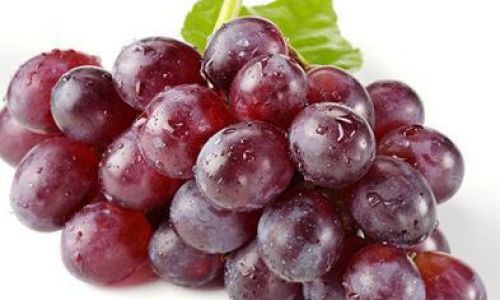
- Prioritize Nutrition: Keep skins and seeds.
- Prioritize Taste/Texture: Peel and deseed.
- Prioritize Convenience: Use a high-quality juicer that processes whole grapes.
There is no “right” answer—only what aligns with your values, palate, and lifestyle. Whether you sip a cloudy, seed-studded elixir or a crystal-clear nectar, one truth remains: grapes, in any form, are a gift from nature worth celebrating.
So the next time you stand before a bounty of grapes, ask yourself: What do I seek from this juice—health, harmony, or hedonism? The answer will guide your hands—and your blender—to perfection.
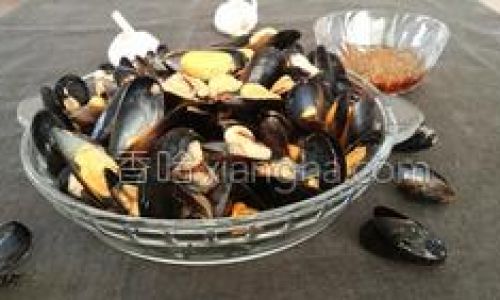
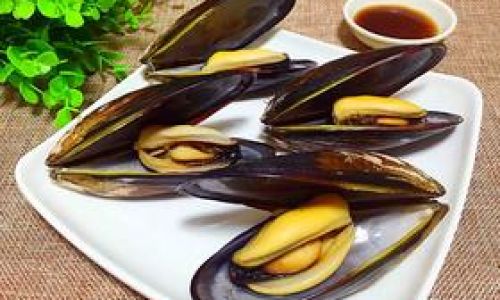
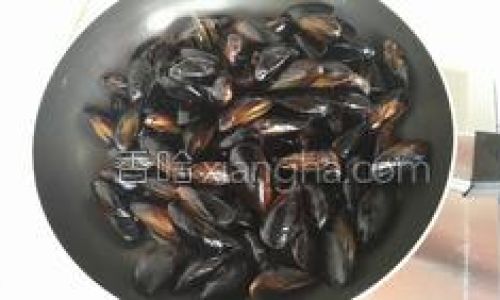
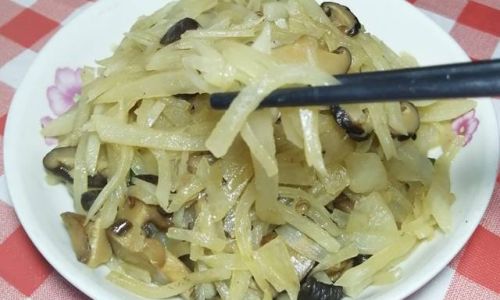
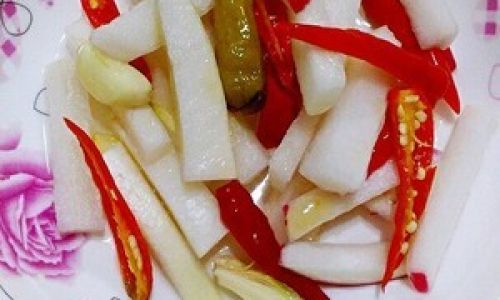
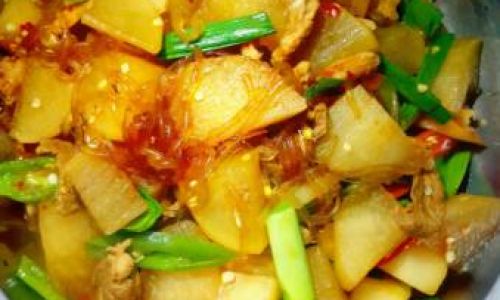
0 comments